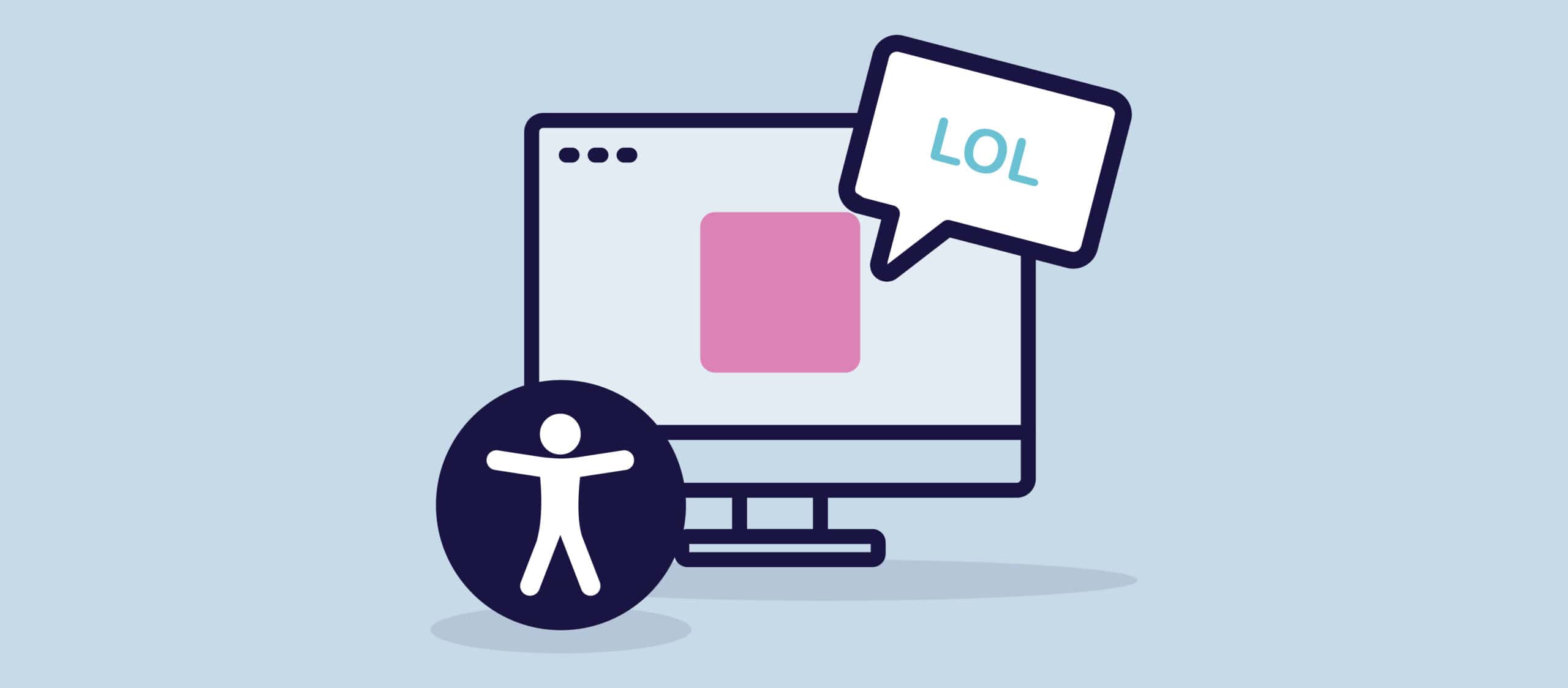You’ve just received your fully remediated PDF. It’s been through a rigorous process to ensure it’s 100% compliant with PDF/UA (Universal Accessibility) standards. You’re proud of it.
Then, you have an idea. You decide to get a quick “second opinion” by uploading it to a popular AI chatbot and asking, “Perform an accessibility check on this file.”
The AI returns a detailed, terrifying report:
“Overall Compliance: Non-Compliant.”
“No StructTreeRoot or Marked content flags detected.”
“Fail: No /Title entry or DisplayDocTitle flag found.”
Your heart sinks. Was the remediation a failure?
This exact scenario is playing out for businesses and organizations, causing massive confusion. The good news? The PDF is fine. The problem is that you’ve just asked a fish to climb a tree.
Here’s the simple truth: AI chatbots cannot perform a technical accessibility audit on a PDF, and asking them to is a fruitless task.
The Experiment: We Asked, and AI Hallucinated
We took a PDF document that we knew was perfectly accessible. It passed the Adobe Acrobat Pro checker, the PDF Accessibility Checker (PAC), and a thorough manual review by a human expert using a screen reader.
Then, we submitted this “perfect” file to several of the world’s leading AI models. The results were a masterclass in confidently-delivered misinformation.
- One AI (Grok) declared the file “Non-Compliant” and claimed it was missing the most basic structural elements (like a StructTreeRoot or Lang entry), which was demonstrably false.
- Another (Claude) went a step further, inventing a score: “Overall Compliance Rating: 7.5/10.” It then produced a multi-page, highly-detailed report of “gaps” and “issues” that simply did not exist.
- A third AI (ChatGPT) claimed it ran “automated checks” and “found” a structure tree but incorrectly “did not find” ALT text, concluding the file was only “partially accessible.”
All of them were wrong.
Why Does This Happen? Text vs. Technical Structure
This isn’t because the AI is “dumb.” It’s because it’s the wrong tool for the job.
AI chatbots are Large Language Models (LLMs). They are experts at reading, understanding, and generating language. When you upload a PDF, the AI doesn’t run a compliance tool. It transcribes the visible text and analyzes that content.
But PDF/UA compliance has very little to do with the words on the page. It’s about the invisible, technical backend of the file:
- The Tag Tree: The hidden structure tree that tells a screen reader what is a heading, a paragraph, or a list.
- Reading Order: The logical flow of content, which might be different from the visual layout.
- Metadata: The document’s title, language, and other properties.
- Artifacts: Decorative elements that are properly hidden from assistive tech.
An AI trying to guess this technical structure by only reading the text is like trying to critique a building’s electrical wiring and plumbing by looking at a photograph of its exterior. It can guess where the pipes might be, but it has no way of knowing.
The models that provide these “audit” reports are hallucinating. They are generating plausible-sounding technical jargon to satisfy your prompt, even when they have no real data to support their claims.
Interestingly, one of the models (Gemini) gave a more honest answer:
“I cannot perform a technical PDF/UA (Universal Accessibility) check on the file… As an AI, I only have access to the transcribed text… not the underlying file structure.”
This is the only correct answer an AI can currently give.
How to Actually Check a PDF for Accessibility
If you can’t ask an AI, how do you verify your document is compliant? You use the right tools and the right people.
1. Use Dedicated Checkers: The industry standards are tools built specifically for this task. The Adobe Acrobat Pro Accessibility Checker is a great start. For a definitive test, the free Grackle GO PDF Accessibility Checker is a very thorough automated tool for checking PDF/UA compliance.
2. Perform a Manual Human Review: This is the most critical step, and no tool can replace it. An accessibility expert (or a trained internal resource) must navigate the document using only a keyboard and a screen reader (like NVDA, JAWS, or VoiceOver). This is the only way to confirm:
-
- Does the reading order make sense?
- Is the ALT text meaningful and descriptive?
- Are all interactive elements (links, form fields) functional?
- Is the document free of “keyboard traps”?
The Takeaway
AI is a powerful and exciting technology, but it’s vital to understand its limitations. It’s a tool for language, not for technical code-level analysis of a complex file format.
When it comes to the legal and ethical requirements of digital accessibility, don’t trust a chatbot’s hallucination. Trust the dedicated tools, and most importantly, trust the human experts who know how to ensure a document is truly accessible for everyone.


